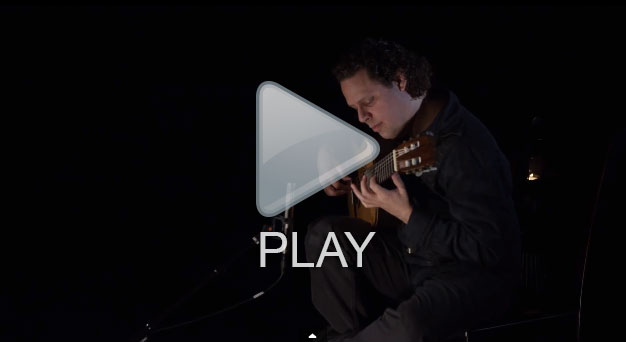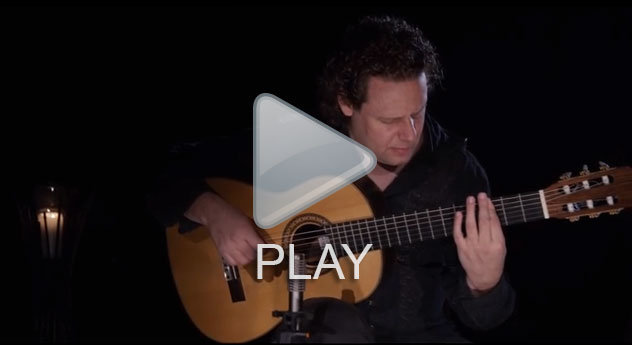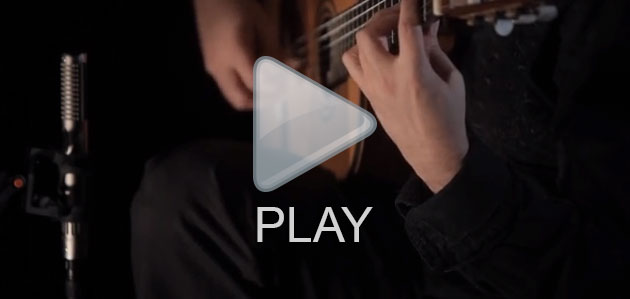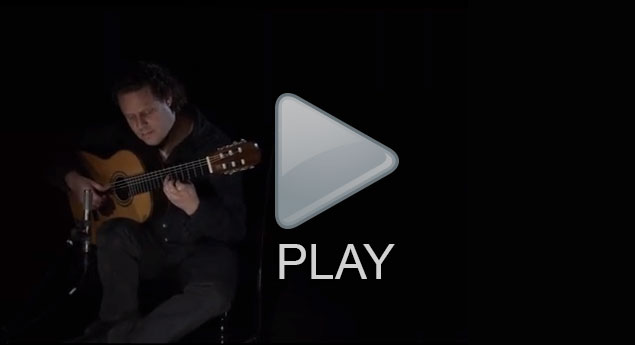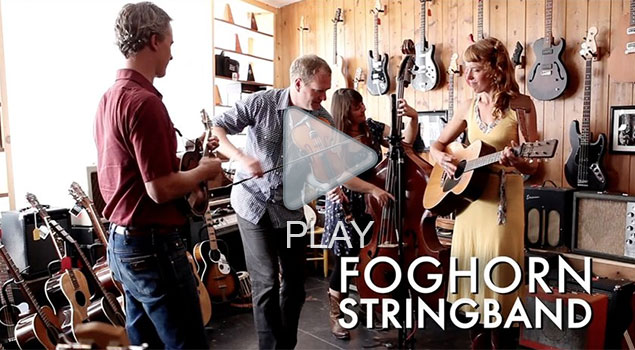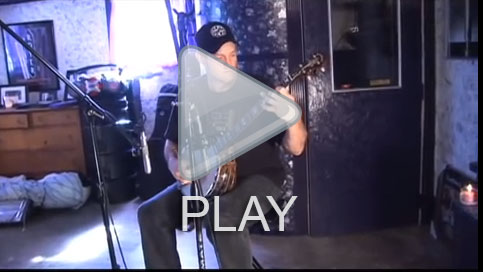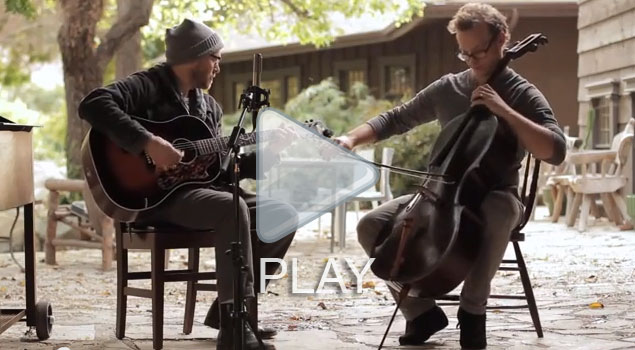Full Orchestra – SF-12 Stereo Ribbon
Engineer/Producer: Russell Dawkins
Recorded at the studios of the Ukrainian Radio/Television Orchestra, Kiev.
Recording chain: One SF-12 stereo ribbon microphone with 35-feet of Monster cable connected to a Studio Technologies mic pre, then 6-feet of Monster cable to an Apogee A/D converter, to coaxial cable to the digital ‘in’ on a portable DAT machine. No compression or reverb used.
This exceptional recording of a full orchestra was made on one SF-12 stereo ribbon microphone, positioned over the conductor’s head, at a distance that achieved a nice balance of the orchestra and hall ambience. We use this recording regularly in seminars, as it’s a wonderful example of the amazingly natural reproduction a high-quality ribbon microphone is capable of delivering. The off-axis response is perfect, transients are natural with no overshoot or ringing, and the flat frequency response captures the full range of the orchestra with no peaks or dips anywhere throughout the frequency range.
Sergei Prokofiev – “Romeo and Juliet, Suite No. 2”
![]()
Sergei Prokofiev – “Romeo and Juliet, Suite No. 2” excerpt 2
![]()
